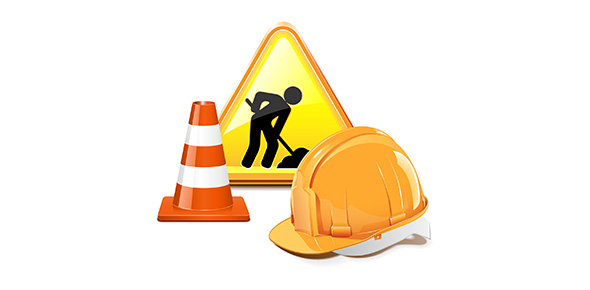Related Flashcards
Related Topics
Cards In This Set
| Front | Back |
|
Which of the following is an example of quantitative data? a. the player’s number on a baseball uniformb. the serial number on a one-dollar billc. the part number of an inventory itemd. the number of people in a waiting line
|
D.the number of people in a waiting line
|
|
Which of the following is not an example of descriptive statistics?a.a histogram depicting the age distribution for 30 randomly selected studentsb.an estimate of the number of Alaska residents who have visited Canadac.a table summarizing the data collected in a sample of new-car buyersd.the proportion of mailed-out questionnaires that were returned
|
B.an estimate of the number of Alaska residents who have visited Canada
|
|
Which of the following is an example of categorical data?a.social security numberb.score on a multiple-choice examc.height, in meters, of a diving boardd.number of square feet of carpet
|
A.social security number
|
|
The number observations in a complete data set having 10 elements and 5 variables isa.5b.10c.25d.50
|
B.10
|
|
Facts and figures that are collected, analyzed and summarized for presentation and interpretation area.datab.variablesc.elementsd.Both variables and elements are correct.
|
A.data
|
|
6. The entities on which data are collected area.elementsb.populationsc.setsd.samples
|
A.elements
|
|
7. The set of measurements collected for a particular element is (are) calleda.censusb.variablesc.observationsd.samples
|
C.observations
|
|
8. A characteristic of interest for the elements is called a(n)a.sampleb.data setc.variabled.observation
|
C.variable
|
|
9. All the data collected in a particular study are referred to as thea.censusb.inferencec.variabled.data set
|
D.data set
|
|
In a data set, the number of observations will always be the same as the number ofa.variablesb.elementsc.data setsd.data
|
B.elements
|
|
Which of the following is NOT a scale of measurement?a.nominalb.ordinalc.intervald.All of these are scales of measurement.
|
D.All of these are scales of measurement
|
|
12. When the data are labels or names used to identify an attribute of the elements, the variable has which scale of measurement?a.nominalb.ordinalc.intervald.ratio
|
A.nominal
|
|
When the data are labels or names used to identify an attribute of the elements and the rank of the data is meaningful, the variable has which scale of measurement?a.nominalb.ordinalc.intervald.ratio
|
B.ordinal
|
|
When the data have the properties of ordinal data and the interval between observations is expressed in terms of a fixed unit of measure, the variable has which scale of measurement?a.nominalb.ordinalc.intervald.ratio
|
C.interval
|
|
When the data have the properties of interval data and the ratio of two values is meaningful, the variable has which scale of measurement?a.nominalb.ordinalc.intervald.ratio
|
D.ratio
|







